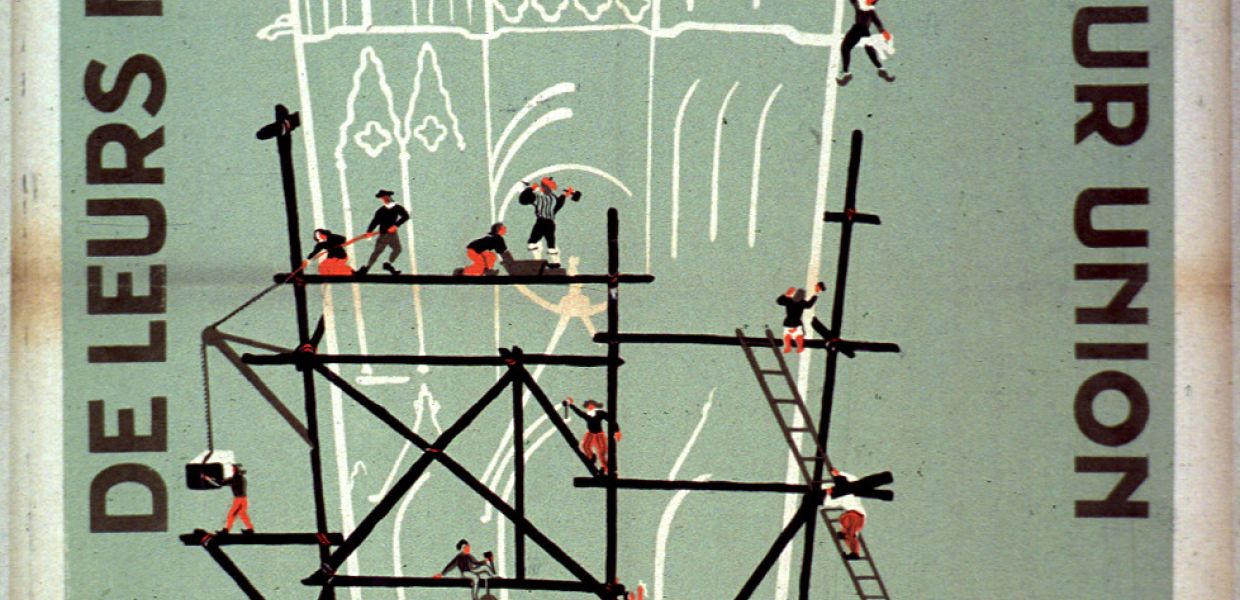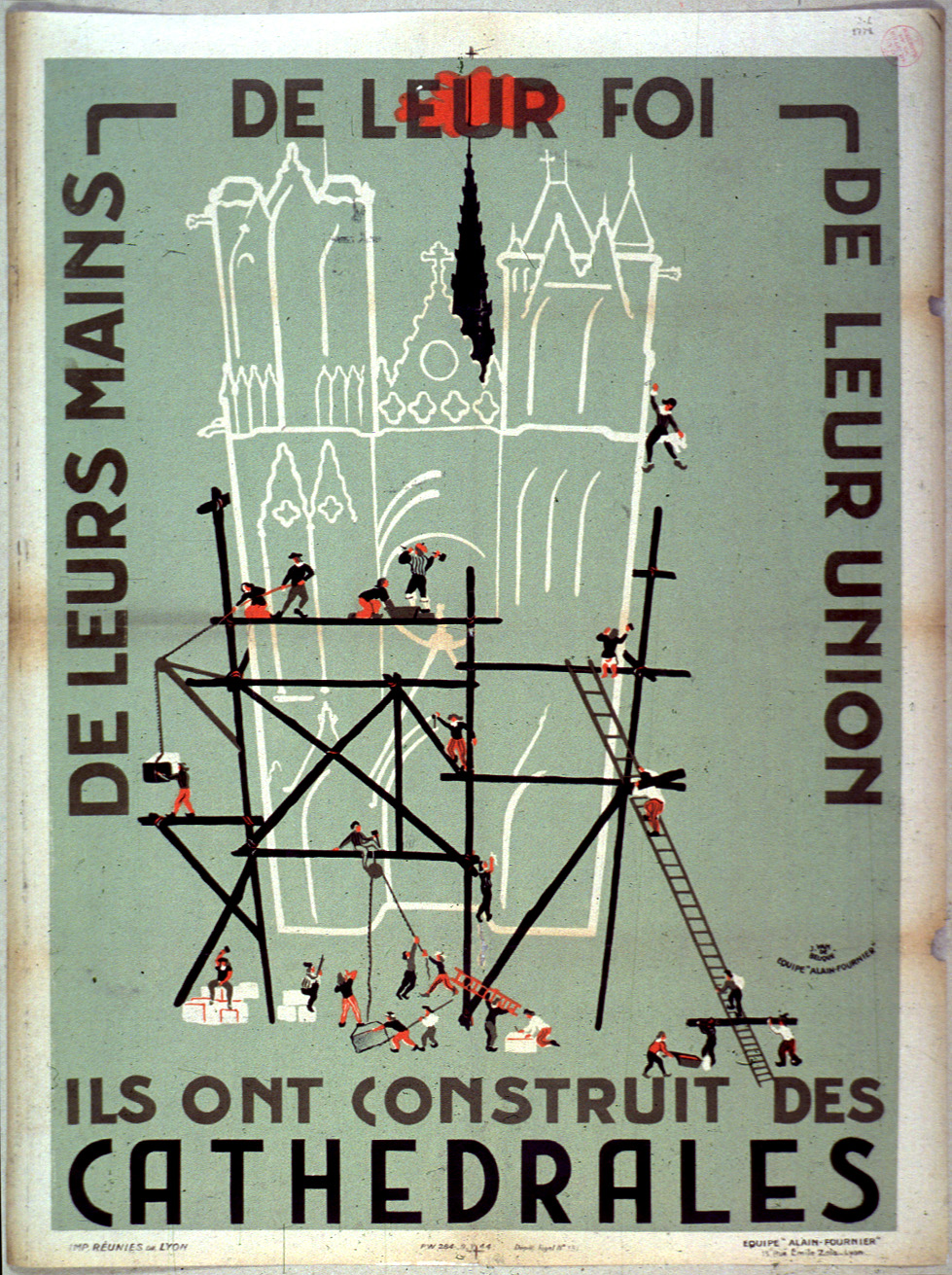Reviving Europeana Inside

According to the latest ENUMERATE survey, which gathered feedback from about a thousand memory organizations in Europe, the median budget spent on ICT per cultural institution is about €15,000 each year. Given that there are roughly 40 times more institutions in Europe than the number surveyed, the total annual budget could be as high as €600 million. 26% of this budget, the survey goes on to suggest, fuels the commercial market of heritage ICT vendors. And yet at the moment, this crucial group is invisible within the Europeana Network Association. What can we do to address this, and why should we?
What can software companies contribute to the Europeana community?
It’s not just economic reasons that mean it would be useful to get these companies more involved in the digital heritage community. Largely, they share our mission of working with information and knowledge for public good. It’s this that compensates for the comparatively modest commercial gains cultural projects offer - memory organizations tend to be small businesses with small budgets and, let’s face it, not always the easiest customers either!

Ils ont construit des cathédrales, Equipe "Alain-Fournier", 1940-1944, Bibliothèque municipale de Lyon, public domain.
As commercial businesses with a technical specialism, they have plenty to offer the Europeana Network that complements the expertise of heritage professionals and the research carried out in the sector. It is their mission to develop, sell, maintain and service ICT solutions in a sustainable way. Furthermore, as the heritage industry is information-based, we stand to gain from these companies with their knowledge of targeted information management. This is knowledge derived from their work with a huge range of public information services – a much broader range than the scope of heritage professionals. It’s this that opens up opportunities for us to strengthen our Network.
Europeana Inside
Europeana Inside was a Best Practice Network (BPN) that previously tried to better involve this sector in the digital heritage community, through collaboration between CMS vendors, and between vendors and their clients. The sharing of knowledge within the project lead to what are known as ‘system-agnostic workflows’, based on requirements for sharing collections supported by IT solutions and named ECK, or the Easy Connection Kit.
After the project ended, at the start of 2015, the idea was to make the BPN part of the Europeana Network. This turned out to be trickier than expected.
Creating a workflow which connects Europeana Collections all the way through to the individual data curators at heritage institution was not fully resolved by the project. Although almost a million objects made it onto Europeana, there were challenges too: the BPN aimed towards greater control and the instant exchange of collections – something that Europeana, at the time, could not support. As a result, vendors could not offer their clients an easy connection to Europeana, in turn meaning there was reduced demand from clients to participate in Europeana. As such, the technical vendors had no reason to remain involved in the BPN once the project was over.
Bringing the BPN back to life
So how can we revive this Best Practice Network?
I approached one of the vendors involved, Semantika, whose director, Sašo, is a member of the Members Council. Together, we talked to Europeana and arranged a pre-conference as part of Europeana’s AGM in Amsterdam in November 2015.
The discussions held showed that everyone shared a professional drive to make more use of the digital collections available in content management systems around Europe – even if each organization had a different idea about how to do it. Generally, the vendors felt that they could do a great deal for Europeana – all run successful businesses with large user bases willing to pay for the tools and services they offer. These user bases bring together the data of thousands of collections – and the vendors bring technical knowledge and skills that can support curators in making data of the highest possible quality available.
Collaborative agenda
Together, the participants gathered ideas for collaboration in the short and longer term. Europeana Cloud offers some opportunity to further experiment with automated exchange of collection data without direct visibility in Europeana’s portal. The validation and preview services developed by Europeana Inside were on the wish list of Europeana’s development team. As concrete actions, Knowledge Integration was subcontracted in DSI-1 and will be a partner in DSI-2, when the full re-engineering of the aggregation infrastructure will start.
Organizations like DEN and Collections Trust see the legacy of Europeana Inside in terms of knowledge and quality. The functional requirements against which the ECK was built, and the user guidelines that have been written, can help stimulate greater use of more generic workflows and tools. More control on the side of content providers is important for their commitment to better quality data - here I believe the collaboration with CMS vendors can help.
See you next year?
Up until now, the Easy Connection Kit, available in a number of European CMSs as a result of Europeana Inside, is used for several data exchange initiatives but not for Europeana. Now these vendors are a part of our Network, we can realistically hope that – by the next AGM in Riga this year – there will be enough incentive to use the Easy Connection Kit for Europeana too. The benefits this brings will be visible to all.
